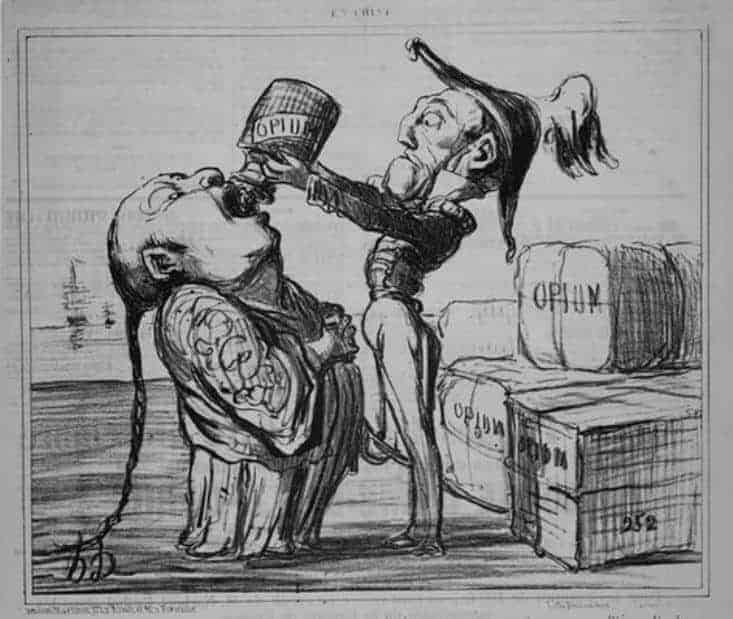We might be living through what many consider to be strange and weird times today, but we are not the first to have gone through an odd era. History is replete with weirdness, and the past had no shortage of examples of people living through strange head scratching events.
Following are ten examples when history was crazier than many might have imagined.
Pranksters and Conmen Pretending to be Ghosts
Back in the days when superstition was even more widespread and prevalent than today, grifters and conmen had a field day taking advantage of the gullible by preying on their beliefs in the supernatural. One of the ways they did that was by pretending to be the restless spirits of the dearly (or not so dearly) departed, and haunting their marks into doing their bidding, whether for the pretender’s financial gain, or just for fun.
On the more innocent end of the spectrum was an 18th century university-educated farmer’s son, who got bored one day with his scholarly pursuits. So just for kicks and giggles, he gussied himself up as a ghost to haunt a local well, and threw the countryside into a panic. A century earlier, in the 1620s, another panic had swept southern England, when youths took to terrorizing people by getting themselves up as werewolves.

Less innocent was The Cock Lane Ghost case, which attracted mass public attention in 1762. A landlord of a dwelling in Cock Lane, London, lost a lawsuit against a former tenant, so he had his daughter pretend to be the ghost of the former tenant’s deceased wife. The “ghost” claimed that she had been poisoned by her husband, the landlord’s former tenant, and she was widely believed. It took a commission, whose members included Samuel Johnson, compiler of the first comprehensive English dictionary, to clear the widower of suspicions that he was a murderer. The landlord was convicted, pilloried, and got two years in prison.
Another case involving a ghost impersonator occurred in the 17th century, when a grifter and cardsharp pretended to be the restless ghost of a recent suicide who had done himself in with a razor. The conman haunted a gambling den by covering himself with a white sheet, and waving a bloody razor around while making “woooo, woooo, wooo” sounds. The terrified gamblers stampeded for the doors, thus enabling the “ghost” to steal their money. The conman also used the same ruse to rob an elderly gentleman and make love to his young wife.

